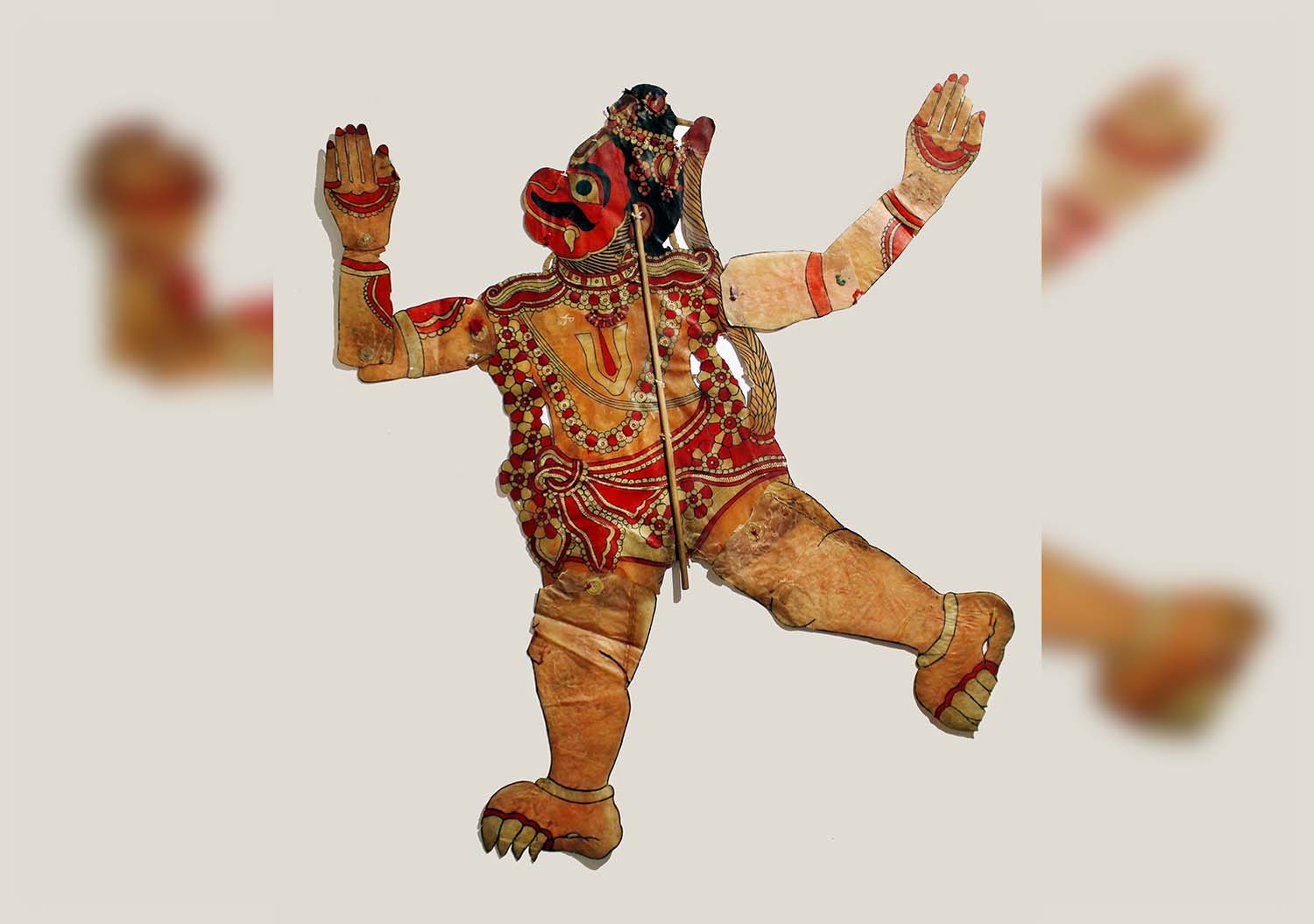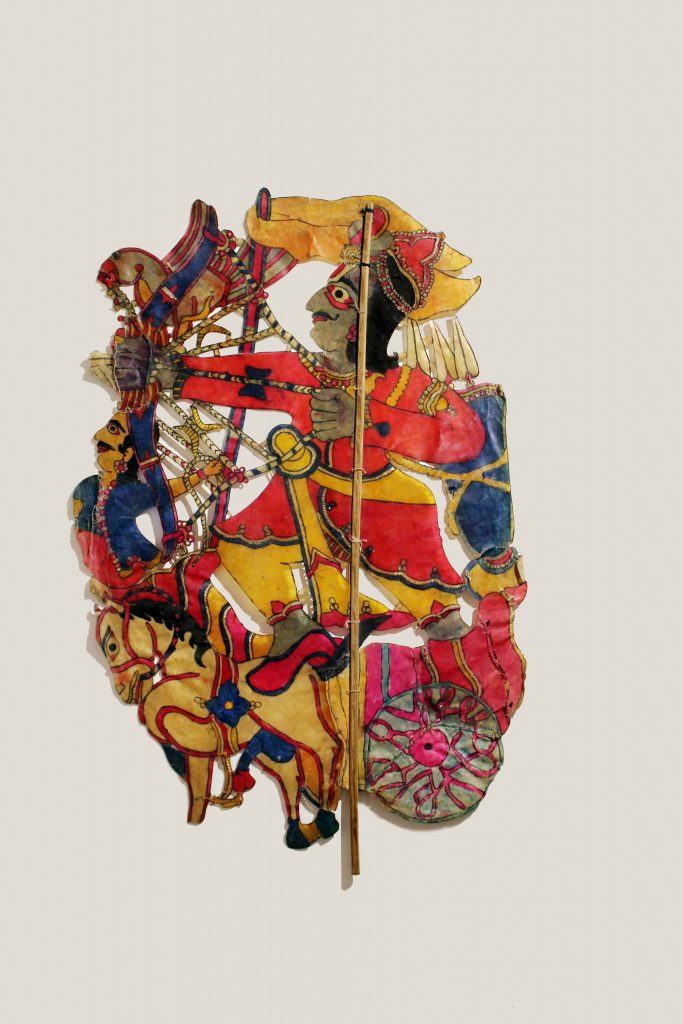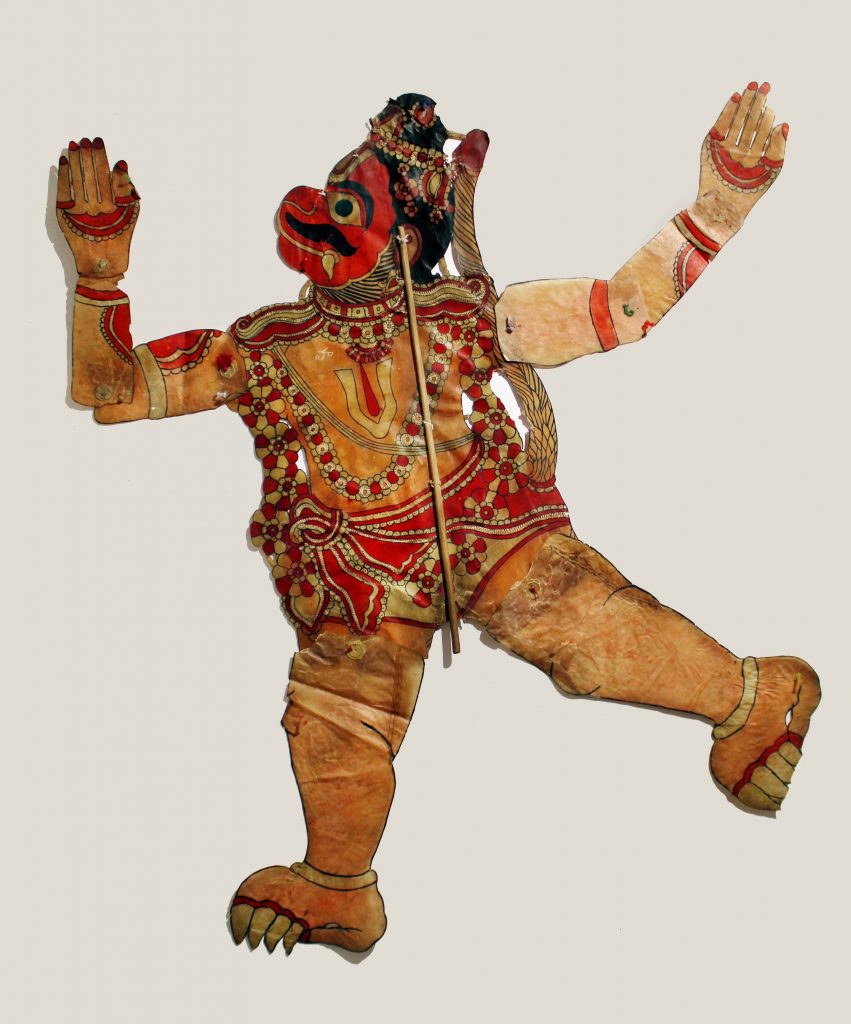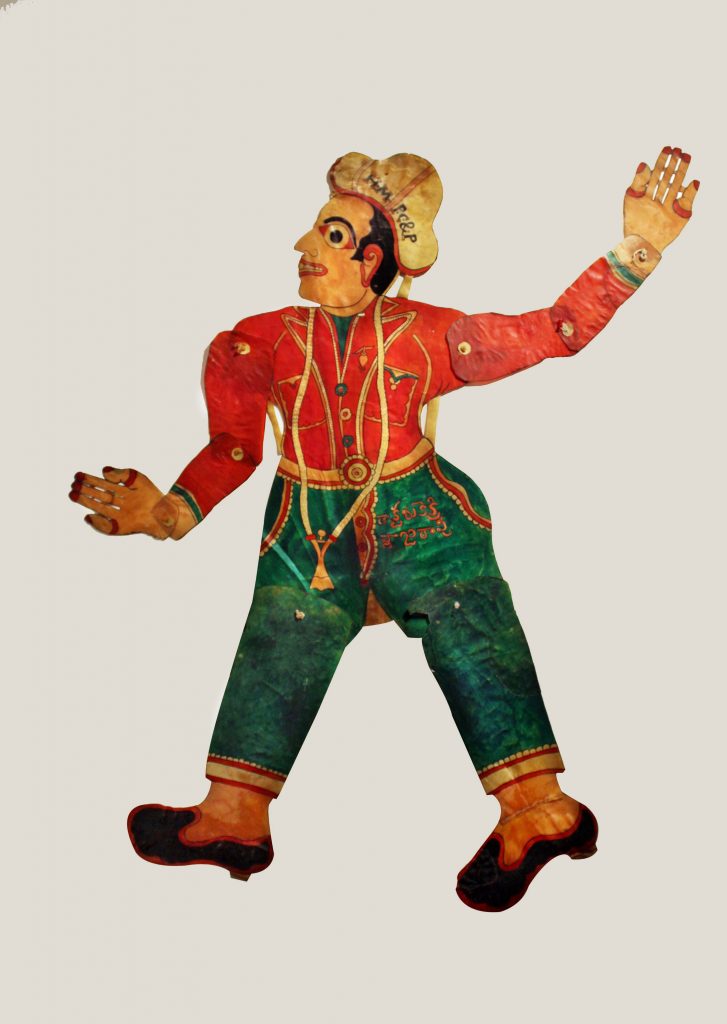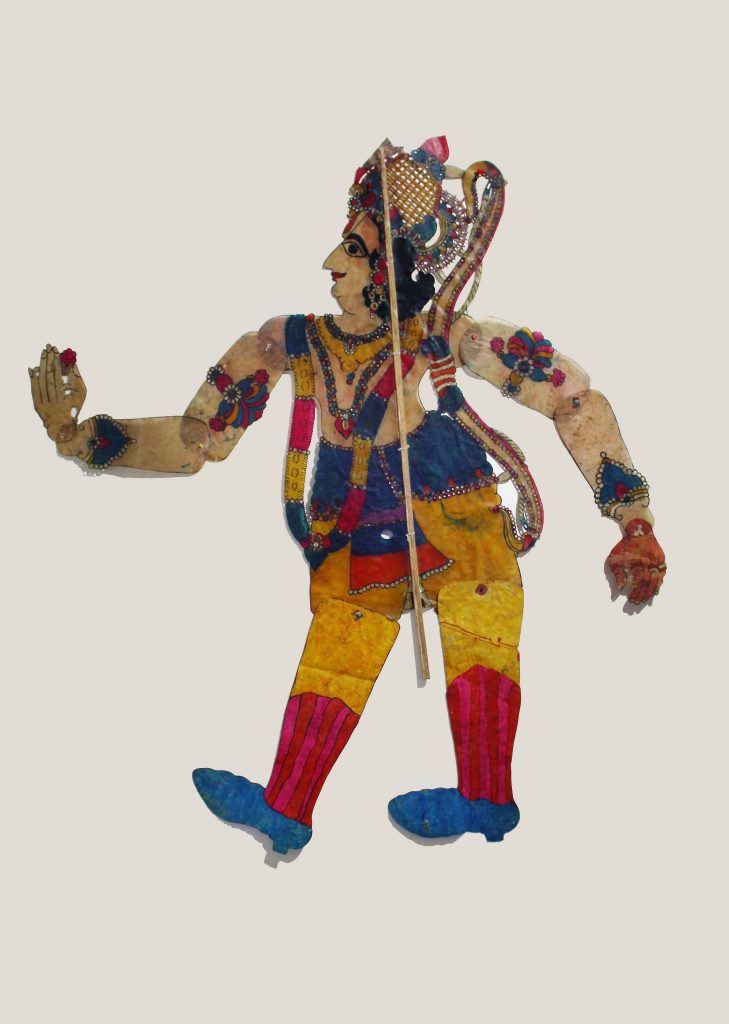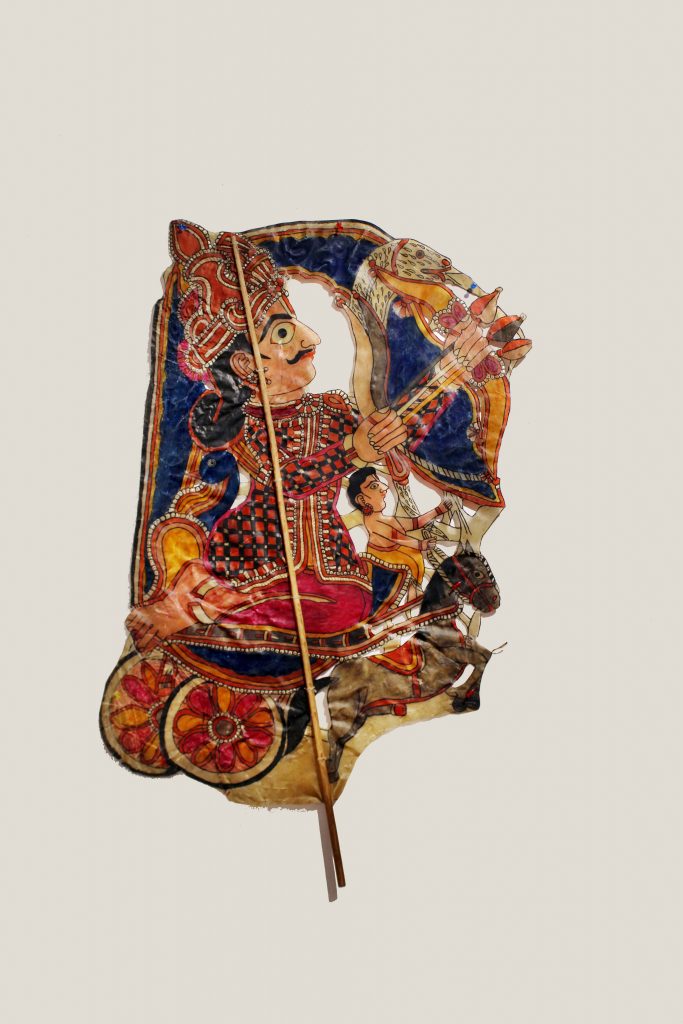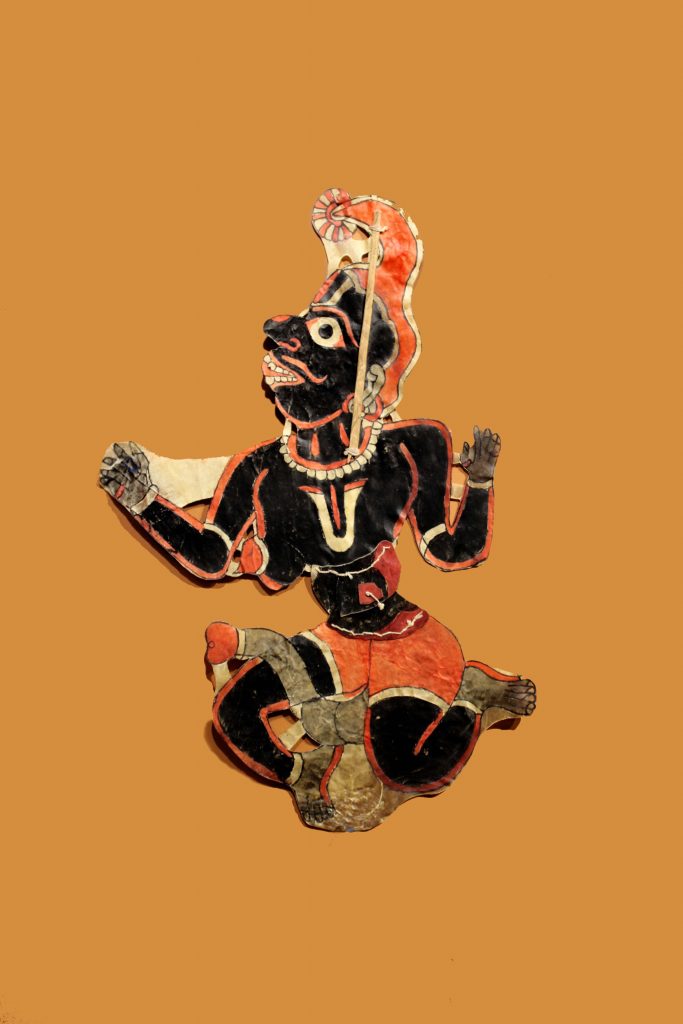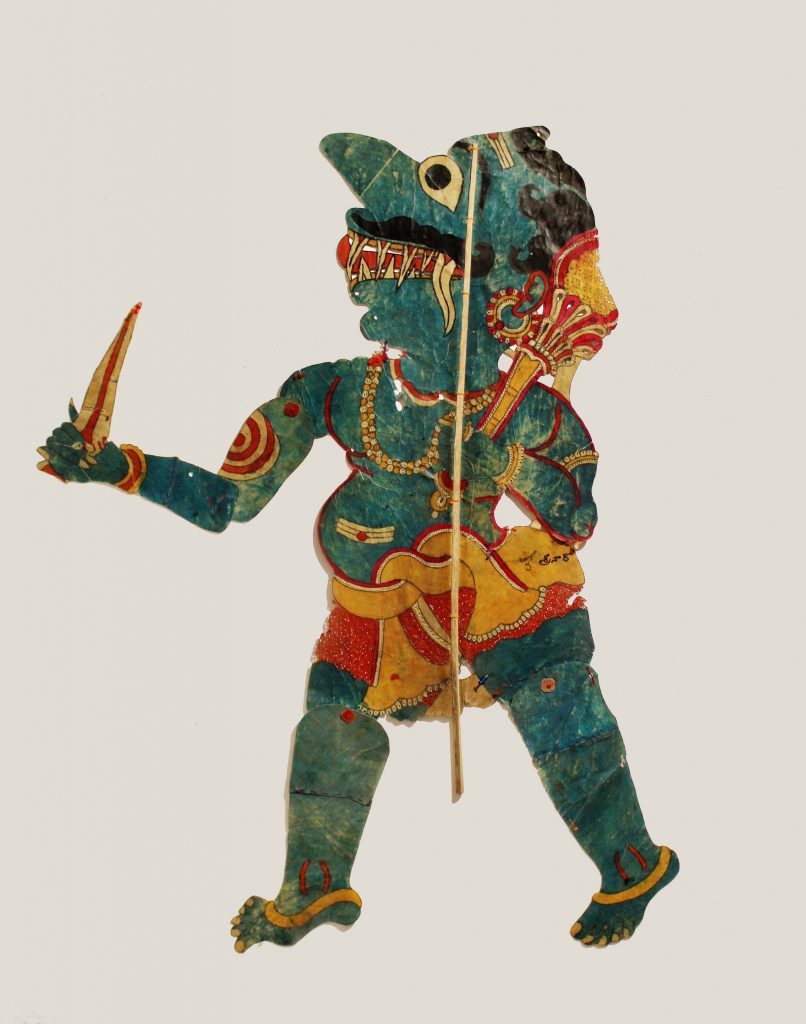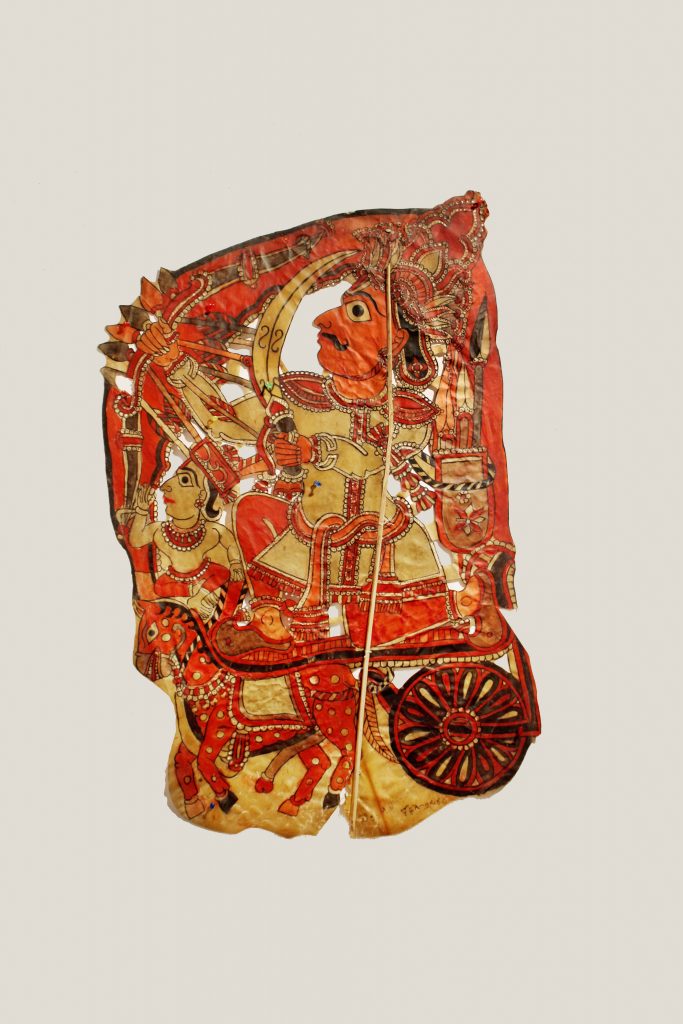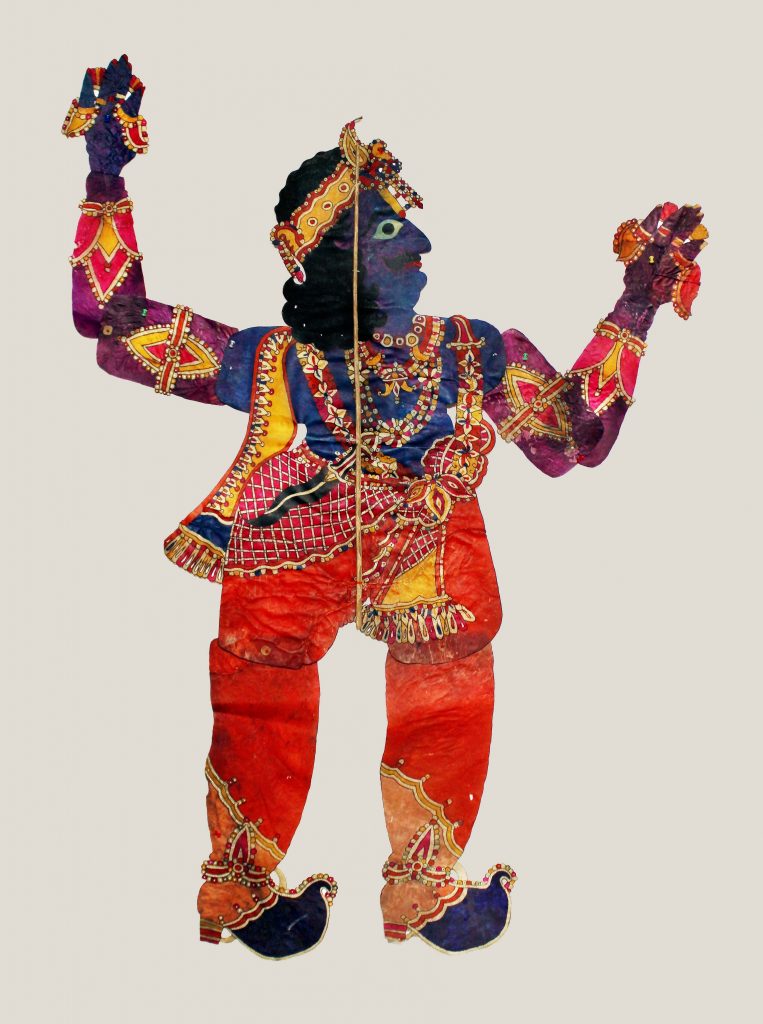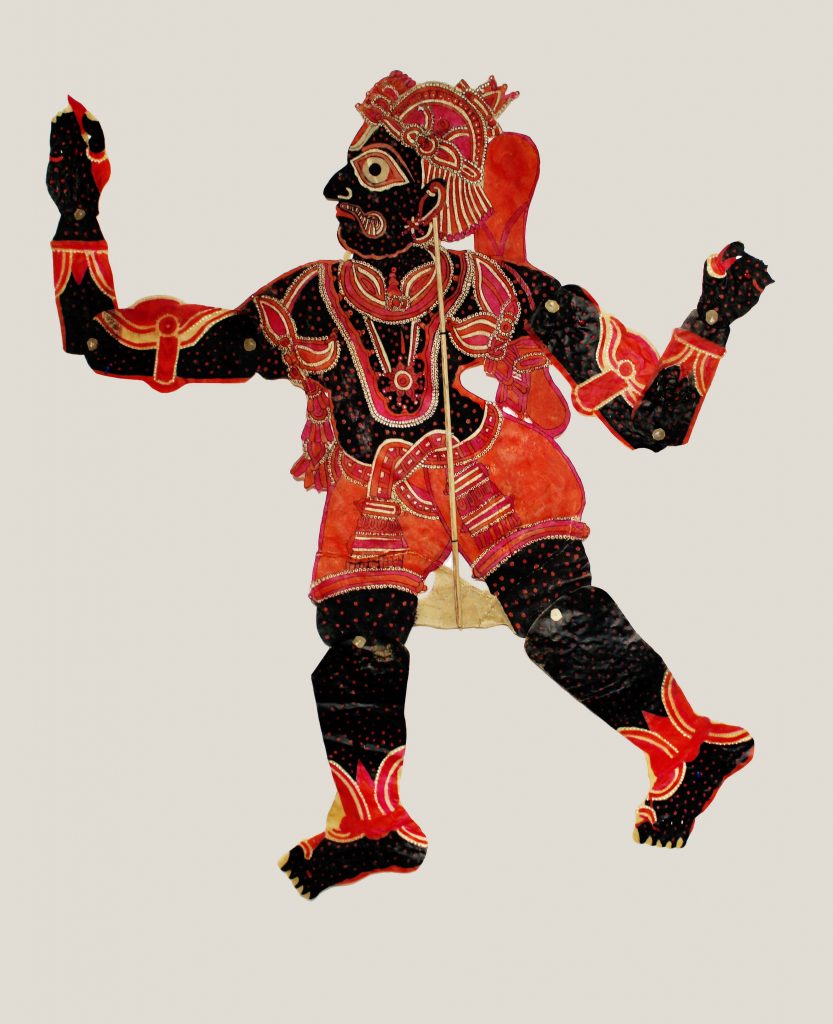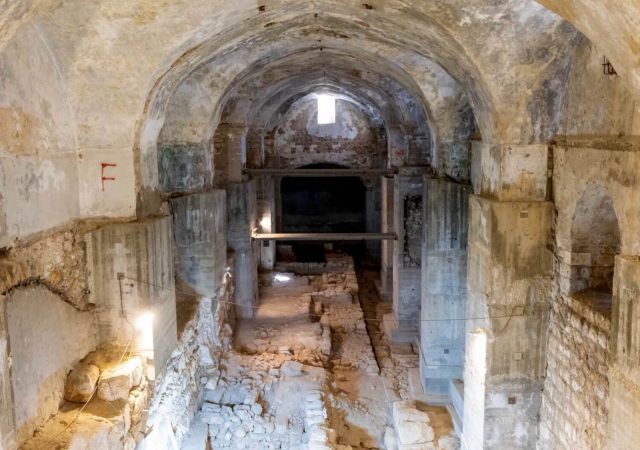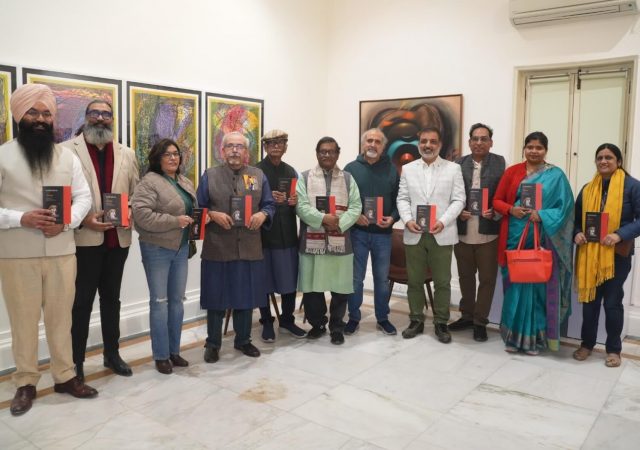Event Details:
Event Name: “Chhaya, The Shadow of Leather Puppets and Storytelling”
Exhibition Dates: 14th August to 25th August 2024
Visiting Hours: 10:30 a.m. to 7:30 p.m.
Venue: MATI, 1 Basement, Hauz Khas Village, Deer Park, New Delhi, 110016
MATI (Management of Art Treasures of India) is thrilled to announce “Chhaya, The Shadow of Leather Puppets and Storytelling,” an enchanting exhibition starting 14th August 2024 at the MATI, Hauz Khas Village, Deer Park, New Delhi. The exhibition will run till 25th August 2024, with visiting hours from 10:30 a.m. to 7:30 p.m. daily. The exhibition will offer a captivating journey into the rich cultural heritage of shadow puppetry, highlighting its timeless appeal and enduring legacy.
The exhibition pays tribute to the artisans, storytellers, and performers who have preserved the tradition of shadow puppetry. It also celebrates its evolution and relevance in the modern world.
In a contemporary world full of dynamic combinations of materials, concepts, methods, and subjects that continue challenging the boundaries of the modern world, the exhibition “Chhaya, The Shadow of Leather Puppets and Storytelling” is a tribute to the artisans, storytellers, and performers who have kept this tradition alive and a celebration of its continuing evolution in the modern world. Through this exhibition, we’re exploring the realm of folk art and the creators who share their distinct perspectives on their local communities with the public.
In this curated collection, MATI presents a distinguished selection of shadow puppets from the extensive array showcased in our exhibition, Chhaya.
This exhibition highlights puppets from Andhra Pradesh and Karnataka, crafted in adherence to iconography prescribed in classical texts, with visible differences in the puppets from both states. The collection features revered figures such as Lord Ram, Lakshman, Maa Sita, Hanuman, and the formidable demon Ravana. Additionally, it includes depictions of Lord Shiva with his characteristic blue skin and Mata Parvati, accompanied by their vahanas, Nandi and Tiger. By meticulously selecting representations of gods (Devs) and demons (Danavs), along with other significant characters, we aim to offer viewers an immersive and enriching experience. Also, the exhibition provides a unique opportunity for art enthusiasts to immerse themselves in the diverse world of Indian folk and tribal art, experiencing firsthand the cultural richness and artistic heritage of India.
Shadow puppetry, or ‘Chhaya Natak,’ is an old and strong Indian folk theatrical form, old storytelling and entertainment technique that employs flat articulated figurines to resemble moving people. Shadow puppetry is practiced in the states of Andhra Pradesh, Karnataka, Kerala, Maharashtra, Orissa, and Tamil Nadu, and it is one of the oldest forms of puppetry. The puppets in all four forms follow an iconography prescribed in classical texts.
While making the puppet figures, numerous patterns or designs are created to beautify them while also giving them appropriate properties related to the characters. The puppets’ physical characteristics adhere to certain common norms. Andhra Pradesh’s Tolu Bommalatta uses human-sized puppets with several joints, creating colorful shadows due to their transparency. Todale Gombeyetta’s (Karnataka) transparent shadow puppet figures are given numerous traditional features, employing intricate use of color, line, cutting, and incising. These figures are typically huge and are crafted from parchment, with specific areas perforated to create the ornaments. Masterfully crafted, this illusion depicts the Ramayana, Mahabharata, Purana, and folktales. This enhances our awareness of Indian culture and affects viewers socially. Extensive motifs and patterns accentuate the puppets’ appearance as they portray scenes from the Ramayana and the Mahabharata. The creation of puppet characters also reflects the region’s traditional arts and crafts.
About MATI
MATI (Management of Art Treasures of India)
Founder-Trustee: Mr Siddhartha Tagore
MATI (Management of Art Treasures of India) is a public trust. The main aim of this trust is to collect, preserve, document, and promote a variety of artifacts. The collection includes folk and tribal paintings, metal and wooden sculptures, jewellery, ethnic masks, vintage photographs, prints, oleographs, textiles, leather puppets, film posters, lobby cards, etc.
MATI has, perhaps, the largest collection of popular art. In its collection are calendar art, matchboxes, cigarette covers, postcards, and labels of consumer items.
With a fully-equipped conservation and documentation team, our focus is to build a folk and tribal art archive to document tangible and intangible art heritage. MATI has organized lectures, seminars, workshops, and special courses relating to folk and tribal art and contemporary tribal art since 2012. MATI organizes social and charitable work.
In the years 2022-2024, MATI had the privilege of organizing two successful exhibitions, “Ganika: In the Visual Culture of the 19th and 20th Centuries” and “Vādya: Folk Tribal and Classical Musical Instruments,” in collaboration with the National Crafts Museum and Hastkala Academy. Both of these exhibitions were very successful in terms of viewership and cultural awareness.
About the Founder-Trustee of MATI, Siddhartha Tagore
Mr Siddhartha Tagore founded MATI-Management of Art Treasures of India in 2012; earlier, he established ‘Art Konsult’ about three decades ago with a vision to promote Indian contemporary art globally. The objective has always been to broaden perspectives and highlight India’s fading traditional and folk arts.


